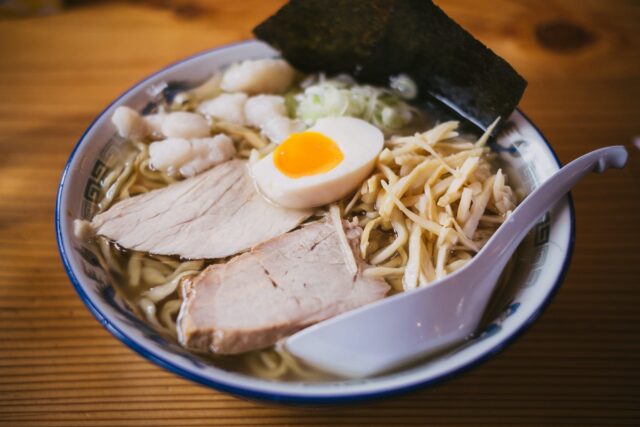
While it’s easy to buy Japanese snacks and ramen online from anywhere now, there was a time when ramen was sold entirely on the black market in Japan. Sounds unbelievable, right?
Well, the fact is that despite its global popularity today, ramen has a messy and muddled history. Ironically, a dish that’s so closely associated with Japan’s national identity has its origins in international trade with China and was further influenced by Japan’s relationship with the US after World War II.
If you’re looking to learn a bit more about the evolution of ramen, keep reading for a deep dive into the origins of this dish that’s become a global phenomenon.
Fair warning, though: all this discussion of ramen will likely get you craving this slurpable delicacy. So before you proceed, we suggest you buy Japanese ramen and keep the steaming bowl ready for this reading.
Let’s get started.
1. Early Origins: Tracing Ramen Back to the Edo Period
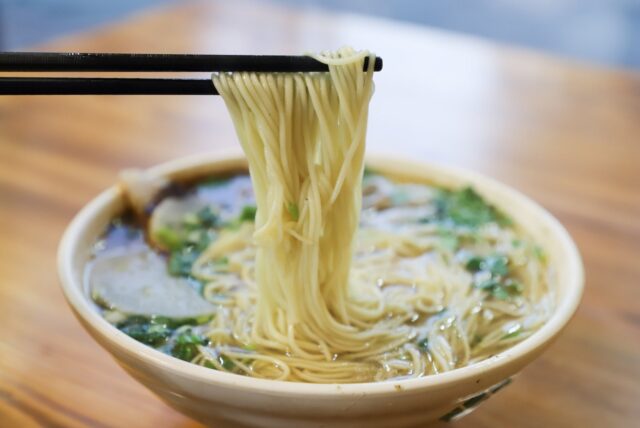
There’s a lot of debate surrounding the origins of ramen and its link to Japanese culture. One of the earliest stories comes from Kosuge Keiko’s 1987 study regarding the history of ramen. This account dates back to the 1660s and credits the legendary feudal lord, Tokugawa Mitsukuni (1628–1701), as the first person to eat ramen.
According to historical accounts, Mitsukuni was an admirer of Chinese Confucian philosophy and routinely sought out counsel from his advisor, Zhu, who had escaped to Japan after serving several years as a high-ranking official in China. During his service, Zhu learned that Mitsukuni enjoyed eating udon (a noodle soup made with dashi broth and wheat-flour noodles) that’s still popular in Japan.
At the time, udon was eaten with sesame toppings and pickled apricot. Zhu suggested that Mitsukuni could improve the taste with five ingredients: garlic, garlic chives, Chinese Allium roots, green onions, and ginger. These ingredients helped create the distinct umami flavor that’s associated with ramen.
These facts are what led Keiko to believe that Mitsukuni was the founding father of Chinese-style noodle soup consumption in Japan. Although this story does depict China’s incredible cultural influence on Japan during that time, it’s often discredited because there’s no historical record of Zhu actually making ramen for Mitsukuni.
2. Street Life: Japanese Workers Open Up to Chinese Noodles
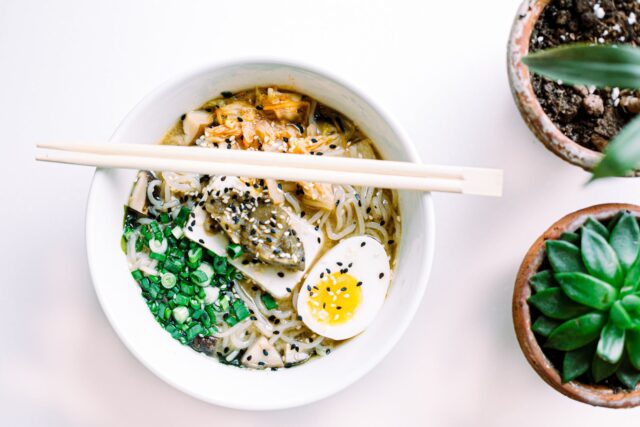
Despite the muddled circumstances of how the noodles came from China to Japan, most historians agree that the consumption of ramen first started in 1910 when the restaurant Rai-Rai Ken opened its doors in Tokyo. This restaurant was quite popular with Chinese migrant workers who frequently ate a dish called Shina soba (Shina means China and soba refers to buckwheat noodles).
Over time, Shina soba evolved to become more like the ramen noodles we eat today. They were largely served by Chinese restaurants and lone Japanese street vendors with pushcart stands that roamed crowded marketplaces in Tokyo. By the early 1940s, Shino soba had become fully integrated into the Japanese culture and was quickly gaining popularity among urban consumers.
3. Food Crisis: The US Occupation and Black Market Ramen
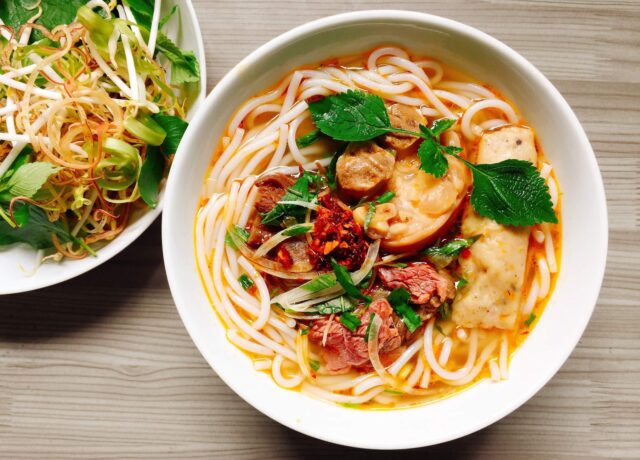
Although the Pacific War came to an end with Japan’s surrender in August 1945, the food shortages caused by the war continued to pervade Japan for years. When the US formally took control of Japan (1942-1952), the food stockpiles and supplies originally saved by the Japanese military disappeared—and then soon after appeared on the black market at steep prices.
During the US occupation, many Japanese noodle makers began to refer to Shina soba as Chu-ka soba because the former was evocative of the destructive war. At the same time, people also began to call the dish ra-men, which was a term that came up in the 1920s but never really caught on until now.
The US military’s decision to ban outdoor food vending and maintain a rationing system meant that ramen was confined to black-market street stalls. However, since wheat flour was more readily available than rice at the time, the demand for Chu-ka soba continued to grow.
4. Road to Recovery: Fuel for Rapid Growth

Japan experienced an era of rapid growth and development from 1955 to 1973. During this time, ramen became a staple food for construction workers and students. Huge construction projects and a large population of young adults reshaped Tokyo.
Ramen was seen as an affordable option for lower-income families that were just managing to keep up during the period of accelerated growth. At the same time, ramen moved into modest restaurants as purchasing power increased. During the era, despite the 50% drop in household income spent on food, household expenditures on ramen increased by 250%.
As people’s lifestyles changed to include quick and convenient solutions, instant ramen became the primary choice of food in Japan. It was easily accessible in vending machines, simple to make, and an affordable option.
5. Growing Cultural Significance: Rebranding Ramen
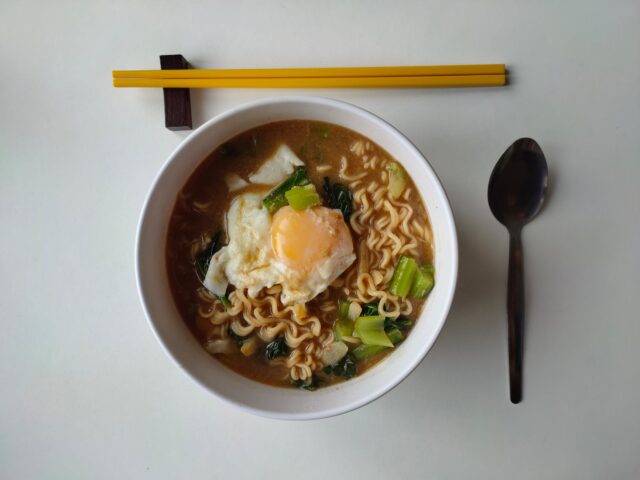
The next phase of ramen can be traced back to the 1980s when it became a trendy food among fashion-forward youths of Japan. Recognizing its significance, brands quickly used it as a tool to sell goods and services ranging from video games and tour packages to toys, television specials, graphic novels, and more.
The entertainment boom, coupled with growing disposable incomes, meant that gourmet food was on the rise. Soon, specialty ramen shops began opening up in affluent areas that had limited menus and higher prices.
Ramen chefs began popping up on the social scene in Japan. They were given celebrity status, as evidenced by frequent TV appearances, online fans, and popular guidebooks. Their coverage gave birth to the phenomenon known as ‘ramen tourism’ now. People from different areas would travel to eat ramen at restaurants they had seen on TV or in magazines.
6. Flavor of the Month: American Adoption of Ramen
Restaurant-made ramen was a rarity in the US until the 2000s. When it first arrived in America, it was associated with a trendy, ethnic food that had come from China. With continued globalization and growth in technology, Americans also developed an interest in Japanese popular culture, which further contributed to the spread of ramen.
Although there were many small ramen shops dedicated to serving expatriate businessmen and Japanese migrants, trendy ramen shops didn’t open up until the 2000s. These were primarily aimed at young Americans, usually those of Asian heritage, who had been exposed to the culture by their parents.
Today, ramen has truly become a global food. With a wide range of flavors, textures, and toppings, it can be easily adapted to meet local tastes and preferences. Whether it is prepared in a plastic cup with the simple addition of boiling water or in a Michelin-star restaurant with carefully selected ingredients that create an authentic umami profile, ramen is undoubtedly adored by people everywhere.
To learn even more about Asian cuisine, visit SFMart.









